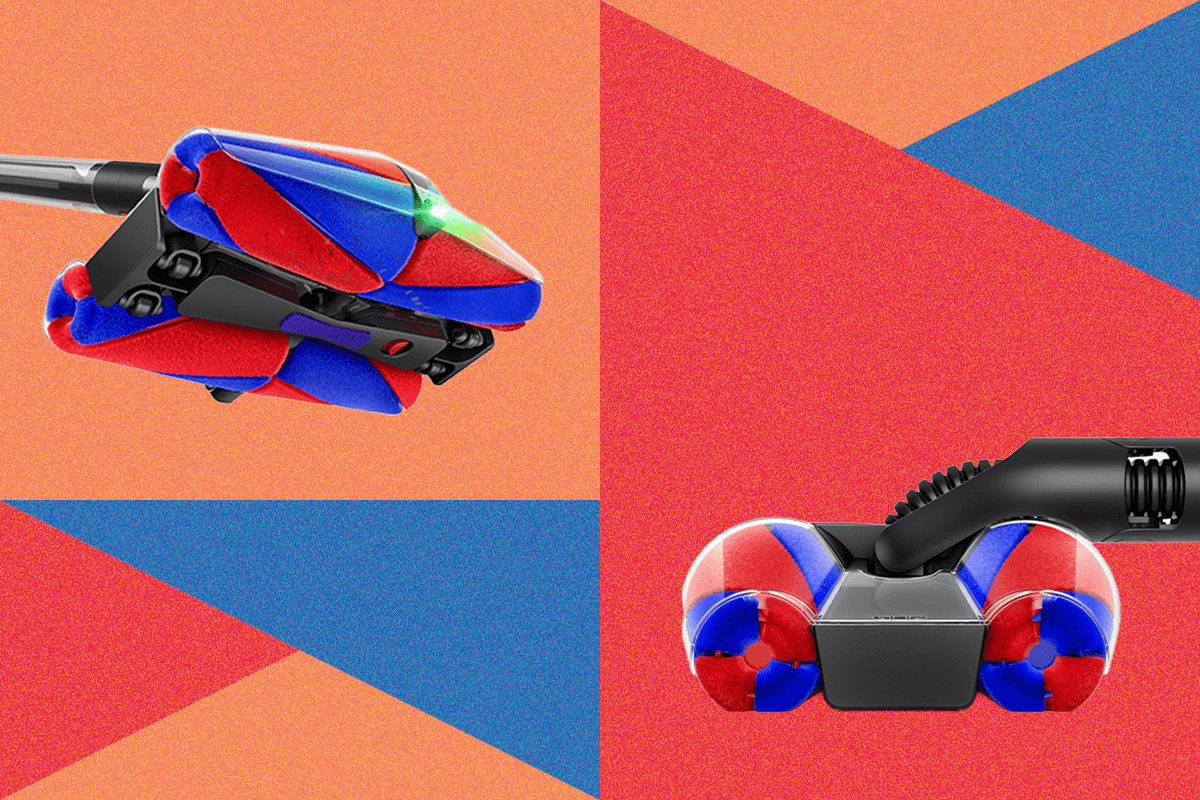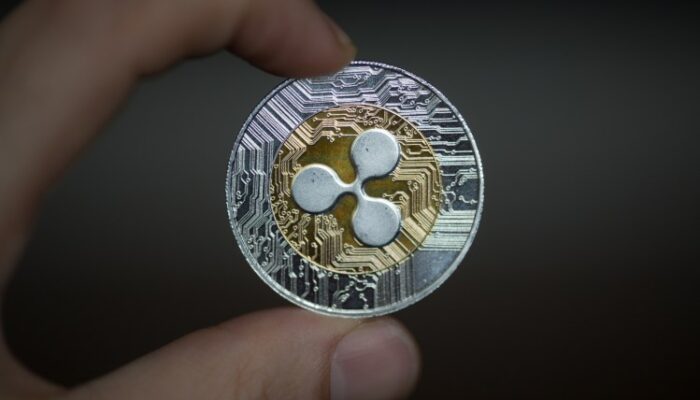All products featured on WIRED are independently selected by our editors. However, we may receive compensation from retailers and/or from purchases of products through these links.
Dyson has an extensive catalog of vacuums. The company’s ecosystem is so vast that it’s divided into sub-models (like the V-series, Detect, Ball Animal, and more), each tailored to specific cleaning needs. Now, the Dyson universe is officially expanding with the debut of a new model, the PencilVac—Dyson’s slimmest and most powerful cordless vacuum to date.
Courtesy of Dyson
For such a slender vacuum, Dyson managed to squeeze in a ton of noteworthy features. The PencilVac comes with redesigned cleaner heads, the fastest and smallest motor yet, and a new filtration system. It’s also the first cordless vacuum that connects to the MyDyson companion app, giving you access to additional settings and alerts on your phone. It’s currently available in Japan and will expand to Korea next. It won’t be available in the US until next year, and pricing information was not available as of press time.
Here’s everything you need to know.
Upgrades All Around
At first glance, the PencilVac looks super similar to the Omni-Glide: It’s slim, lightweight, cordless, and has brush bars on both sides. And that’s not a coincidence. While this isn’t the second-generation Omni-Glide (the original is no longer sold through Dyson and tough to find at third-party retailers), the PencilVac does take its place as the new slender, omnidirectional vacuum in the company’s lineup.
Photograph: Brenda Stolyar
To demonstrate just how thin the PencilVac is, we’ll have to break it down into measurements. The handle itself is 38 mm, while the cleaner head flattens to 95 mm. So, it’s designed to access tight gaps and under low furniture. To help achieve this, Dyson nixed its cyclone technology, which means there’s no longer a clunky mechanism sitting at the top of the vacuum.
In other models, the cyclones are located above the dustbin, where they use centrifugal force to separate dust and debris into the bin while allowing clean air to flow through the motors and filters. The technology not only replaces the need for vacuum bags and traditional filters but also helps to capture more microscopic dust. The PencilVac, on the other hand, features a new two-stage linear dust-separation system.
“This works by funneling the air and dust into a small-diameter tube, which maintains a high velocity as it travels over a fine stainless-steel mesh. This high-velocity airflow scrubs the mesh clean as it separates the dirt entering the bin, so only fine particles are let through and onto the pleated PTFE filter,” Sam Cole, design manager at Dyson, told WIRED.
As the dust is separated into the bin, it’s automatically compressed within the bin to maximize capacity. Technically, the bin has a volume of 0.08 L, but Dyson says it can hold five times more than that thanks to the air-compressing technology. With this redesigned bin comes a new ejection system that empties the dirt and wipes the bin clean simultaneously. It’s easily removable too, so you can clean it whenever needed.
But what ultimately allows for such a slim profile is the new motor. The PencilVac comes equipped with a new Hyperdymium 104k motor, which is built on the same one found in the company’s hair tools: the Supersonic r hair dryer (8/10, WIRED Recommends) and the Airwrap (8/10, WIRED Recommends). With a diameter of 28 mm, it’s now the smallest and fastest motor the company offers.
It has a spin speed of up to 140,000 revolutions per minute with a suction power of 55 air watts (AW). That means its motor spins slightly faster than the Gen 5 Detect, the current top-of-the-line cordless vacuum in Dyson’s lineup, which has a spin speed 135,000 RPM. However, the Gen 5 Detect does have significantly more powerful suction at 262 AW.
Photograph: Brenda Stolyar
Attached to the PencilVac are four conical brush bars called Fluffycones. With two brush bars on each side, the front cone rotates in one direction while the rear brush goes the opposite way. The four bars jut out at the sides too; that way, it cleans in all directions with every pass on the floor.
It also shoots out green lasers from both the front and back of the cleaner head to illuminate dust, making it easier to spot particles that aren’t as visible to the naked eye. But unlike Dyson’s Detect line, which also includes lasers, it doesn’t have a piezo sensor, which is what allows that specific lineup of vacuums to automatically increase suction power based on what it’s picking up.
In addition to dust and debris, this vacuum is ideal for picking up hair. The nylon bristles are angled to ensure that strands migrate to the side of the cleaner head rather than getting wrapped around or tangled in the brush bar. So, you don’t have to pull the hair out or resort to cutting it off with scissors.
As mentioned earlier, you can also connect it to the MyDyson app. This provides step-by-step guidance on how to care for the vacuum while also giving you access to additional settings and maintenance alerts in real time.
Lightweight and Nimble
I had a chance to see and test out the PencilVac during an in-person media briefing at Dyson’s SoHo store location in New York City and was surprised at just how much the redesigned build makes a difference. Without a dustbin on top, it feels less top-heavy and unwieldy, which will certainly make a difference for longer cleaning sessions. There’s no trigger either, which makes it that much more comfortable to use. Instead, Dyson integrated an LCD screen on the handle that displays cleaning modes and run time.
I used it to clean up a small mess of Cheerios, cookie crumbs, and hair in only a few seconds, as all four brush bars worked simultaneously to pick everything up quickly. I’m a huge fan of the LEDs on both sides, because it means I can spend less time flipping the vacuum around to beam light on certain spots the way I do with my V12 Detect (8/10, WIRED Recommends).
As with all of Dyson’s cordless vacuums, it converts into a hand vac. Each PencilVac comes with a rotating combination crevice tool for cleaning in between areas and conical hair screw tool for cleaning couches and mattresses. The slimmer, longer build makes it better for reaching higher and lower spots, but it’s also easier to use one-handed.
Photograph: Brenda Stolyar
I was excited to see that it comes with a floor dock instead of a mount. The vacuum and accessories conveniently attach to the dock magnetically, so it’s easy to grab and put back. The entire setup looks super neat, too. And it’s a far better alternative to having to whip out the power tools to drill the mount on the wall.
My only gripe is battery life, which makes sense for such a small vacuum. Dyson claims up to 30 minutes in Eco mode, which minimizes suction to optimize run time. This means that in Medium or Boost mode, it’s even less. You can, however, purchase an extra battery pack and swap it out so that it’s technically always charged.
Based on the dustbin capacity and run time, this is definitely a vacuum designed for smaller homes and spaces that consist mainly of hardwood floors. For options that better fit your cleaning needs, I suggest checking out our guide to the Best Dyson Vacuums. Regardless, I hope this marks the start of a new era of dainty vacuums for Dyson—free of chonky dustbins, cyclones, and motors.




